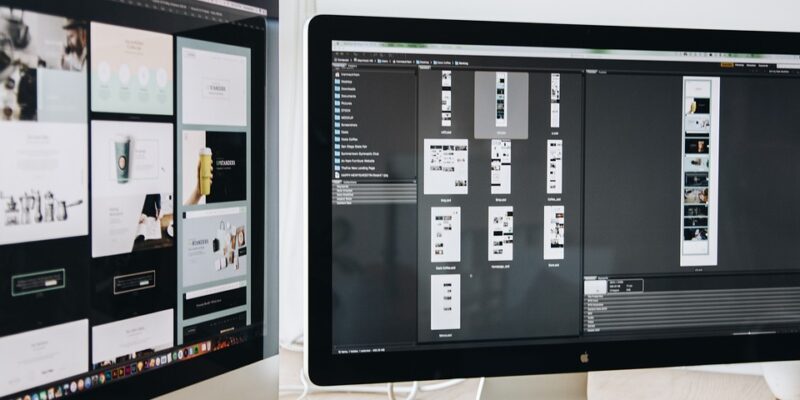Mastering Digital Painting: How to Use Digital Art Software Like a Pro
Digital painting has revolutionized the world of art, making it easier than ever before to create stunning pieces of artwork. With the advent of powerful digital art software, artists can now manipulate colors, textures, and shapes with ease, producing breathtaking images that rival traditional paintings. However, mastering digital painting requires an understanding of the tools and techniques available in digital art software. In this article, we will explore how you can use digital art software like a pro to create beautiful digital paintings.
Choosing the Right Digital Art Software
The first step in mastering digital painting is choosing the right digital art software. There are many options available on the market, each with its own set of features and capabilities. Some popular digital art software programs include Adobe Photoshop, Corel Painter, Procreate, and Clip Studio Paint. When selecting a digital art software, consider your budget, skill level, and the type of artwork you want to create. For beginners, programs like Procreate or Clip Studio Paint offer user-friendly interfaces and a wide range of tools to get started. More advanced artists may prefer Adobe Photoshop or Corel Painter, which offer more advanced features and customization options.
Understanding the Basics of Digital Painting
Before diving into digital painting, it is important to understand the basics of digital art software. Digital painting involves using a stylus or graphics tablet to create images on a computer screen. Artists can choose from a variety of brushes, textures, and colors to create their artwork. In addition to traditional painting techniques, digital art software allows artists to manipulate layers, blend colors, and create complex effects with ease.
Exploring Brushes and Tools
One of the most important aspects of digital painting is mastering brushes and tools. Digital art software offers a wide range of brushes, from traditional paintbrushes to airbrushes, pencils, and textures. Experiment with different brushes to create unique effects and styles in your artwork. In addition to brushes, digital art software also offers tools like the smudge tool, blur tool, and eraser tool to help you refine your artwork and achieve the desired results.
Working with Layers
Layers are a fundamental feature of digital art software that allows artists to work on different components of their artwork separately. By using layers, artists can add elements like backgrounds, foregrounds, textures, and effects without affecting the rest of the image. This flexibility is essential for creating complex and detailed digital paintings. Experiment with layers in your artwork to understand how they can enhance the overall composition and visual impact of your digital paintings.
Color Theory and Composition
Understanding color theory and composition is key to creating visually appealing digital paintings. Experiment with different color palettes, gradients, and textures to evoke emotions and convey a message in your artwork. Consider the rule of thirds, leading lines, and focal points to create a balanced and harmonious composition. Digital art software offers a wide range of color options and blending modes to help you achieve the desired effects in your digital paintings.
Practicing and Experimenting
Like any form of art, mastering digital painting requires practice and experimentation. Take the time to experiment with different brushes, colors, and techniques in your digital art software. Practice creating different styles and genres of digital paintings to expand your skills and develop your unique artistic voice. Don’t be afraid to make mistakes or try new things in your artwork – this is how you will learn and grow as a digital artist.
Seeking Inspiration and Feedback
Finally, seek inspiration and feedback from other artists and creatives to improve your digital painting skills. Join online communities, forums, and social media groups dedicated to digital art to connect with like-minded artists and share your work. Participate in challenges, workshops, and exhibitions to showcase your digital paintings and receive constructive criticism from others. By seeking inspiration and feedback, you can continue to evolve and improve as a digital artist.
In conclusion,
Mastering digital painting requires dedication, practice, and a willingness to learn new techniques. By choosing the right digital art software, understanding the basics of digital painting, and experimenting with brushes, layers, and colors, you can create stunning digital paintings that rival traditional artwork. Remember to practice regularly, seek inspiration from other artists, and never stop learning and growing as a digital artist. With time and effort, you can use digital art software like a pro and create beautiful digital paintings that showcase your unique artistic vision.
